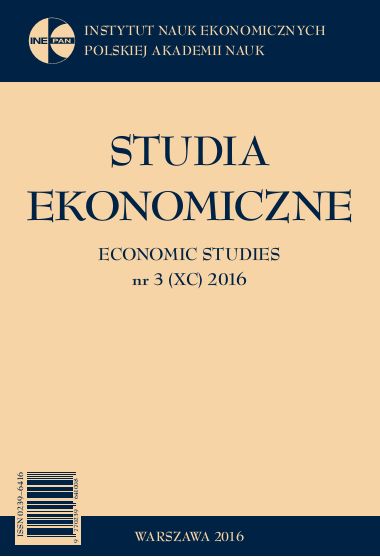Intangible capital, level of economic growth, and „middle income trap”
Intangible capital, level of economic growth, and „middle income trap”
Author(s): Łukasz Cywiński, Rusłan Harasym, Robert Pater, Kazimierz TarchalskiSubject(s): Economy, National Economy
Published by: Instytut Nauk Ekonomicznych Polskiej Akademii Nauk
Keywords: intangible capital; growth factors; growth convergence; middle income trap; structural change
Summary/Abstract: The aim of this article is to interpret levels of intangible capital in Poland and in eastern European economies, as well as its role in their development. Authors provide some explanations of the so-called middle income trap in terms of intangible capital deficiency and structure. They also discuss caveats of intangible capital measurement. The analysis is based on publicly available data up to 2005 and on authors’ estimates of intangible capital for Poland after 2005. In order to do this, the Corrado, Hulten, and Sichel methodology was used. It was found that: (i) tangible to intangible capital ratio is considerably larger in the eastern European economies than in the western ones; the reason is that the former countries mostly import technology, while still relying on traditional growth factors; (ii) structural changes in middle-developed and highly developed economies are connected to the structure of intangible capital; faster economic growth and development may be obtained by acquiring more innovative property; (iii) low intangible capital accumulation results in low productivity of service sector; the reason is less developed knowledge-intensive service sector, the result is slower growth of GDP per capita; (iv) for intangible capital acquirement it is important to ensure economic, civic and political freedoms and intangible capital monitoring
Journal: Studia Ekonomiczne
- Issue Year: 2016
- Issue No: 3
- Page Range: 439-461
- Page Count: 23
- Language: English

